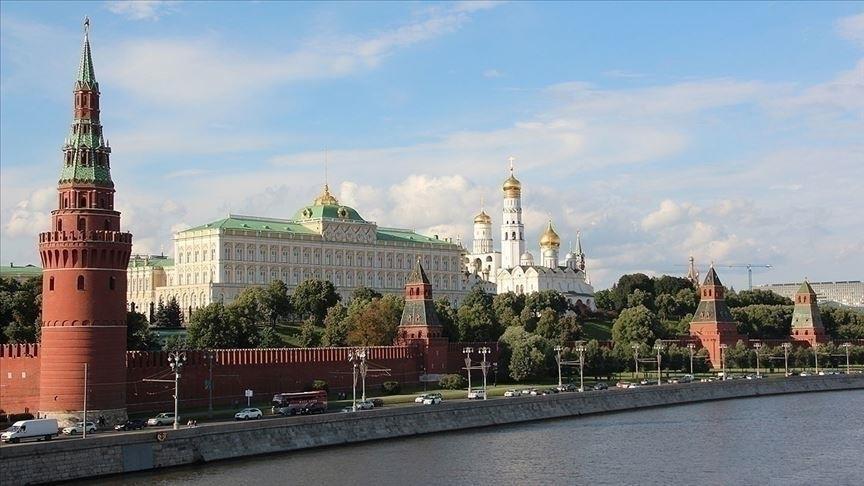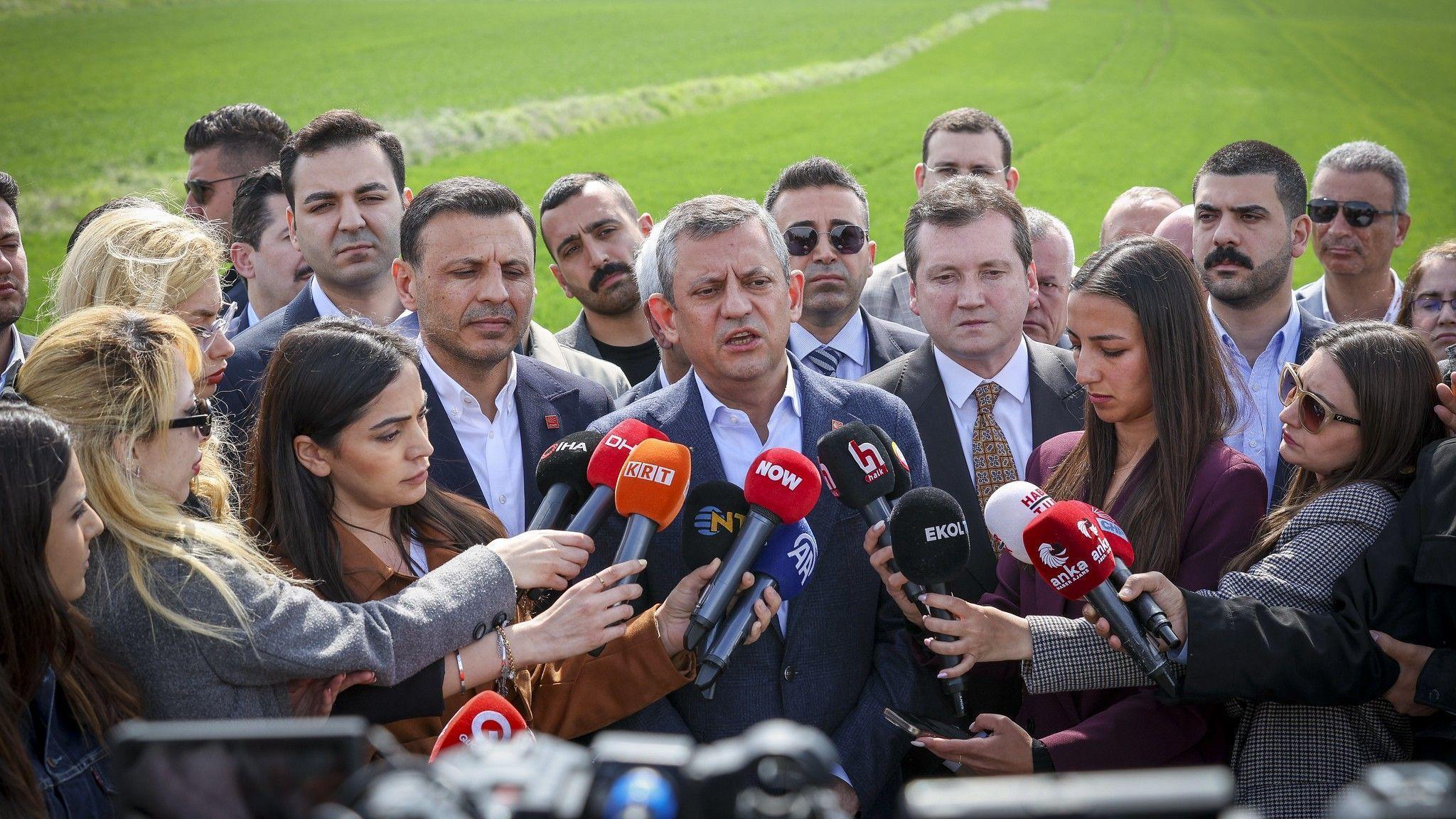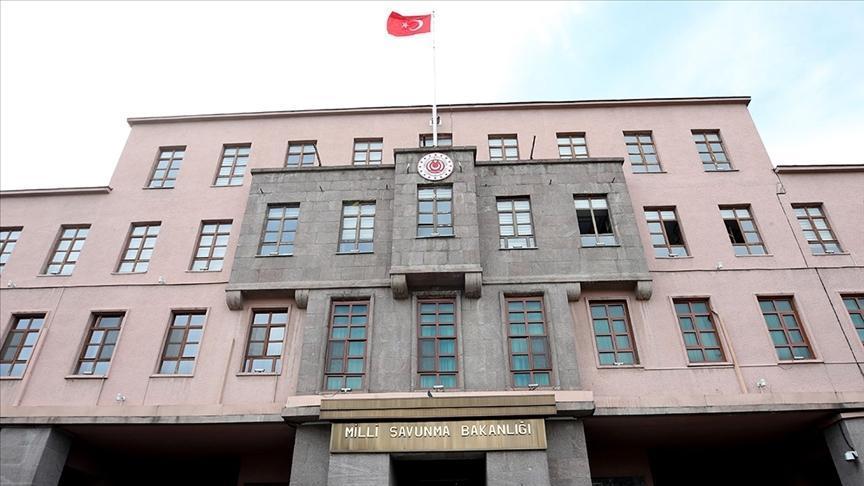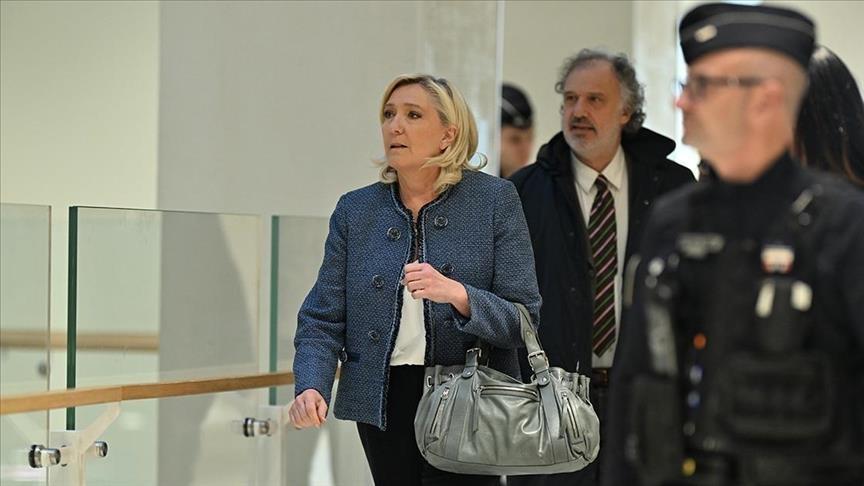Former Ottoman capital eyes South Korean tourists
BURSA
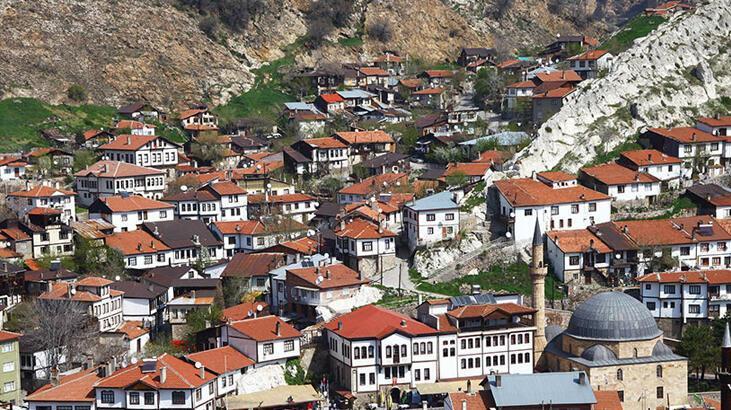
Officials in the northwestern province of Bursa are carrying out special efforts to ensure that tourists from South Korea visit the city more, aiming to increase the tourism income of the former Ottoman capital, which is known for its historical, cultural and natural richness.
Bursa, the city where the Ottoman Empire originated, entered the UNESCO World Heritage List in 2014. The municipality aims to attract the attention of South Koreans to the city’s cultural and historical areas, such as the Khans Area, which includes the Orhangazi Complex and its surroundings, the sultan complexes, and a historical Ottoman village known as Cumalıkızık.
The city has been included in the tour packages by the most important tourism and travel agencies of South Korea as a result of the works carried out by the Metropolitan Municipality and the Culture and Tourism Promotion Union.
According to data, 1.8 million tourists visited the city in 2019.
Bursa Mayor Alinur Aktaş has set a target to fetch “5 million tourists” for the year 2024.
A promotional film prepared by the municipality that features the city’s historical, natural and touristic attractions has frequently been airing on South Korea’s SKTV channel.
A “mirror man statue” that the world-famous South Korean artist Young-ho Yoo gifted to the city as a symbol of the brotherhood between the two countries was also erected in the Bursa Nation’s Garden.

The city became the third city in the world to host the same sculpture, after Seoul, the capital of South Korea, and Quito, the capital of Ecuador.
“I think it is meaningful and valuable to make this sculpture, which corresponds to Rumi’s saying “man is the mirror of man” in Bursa,” Aktaş said, noting that these activities will constitute the infrastructure of the city’s recognition in South Korea.


